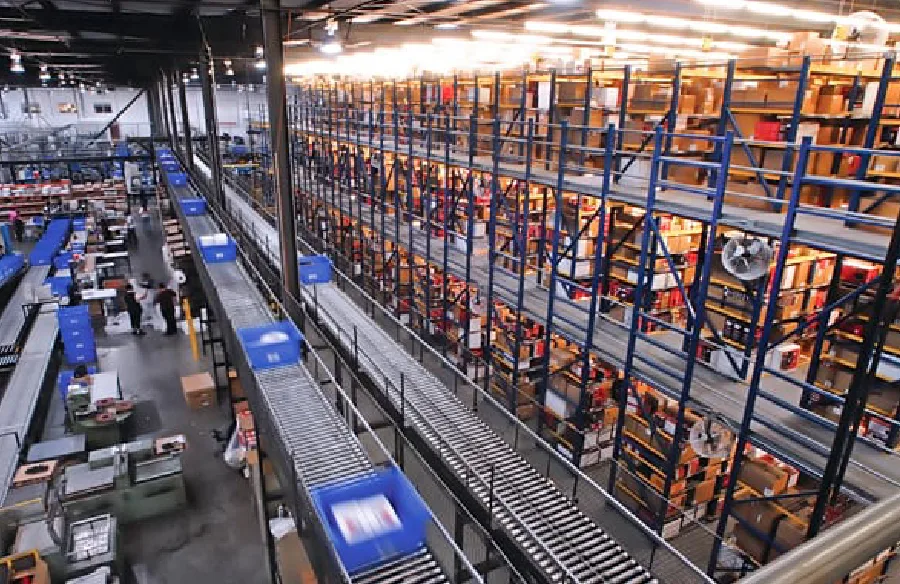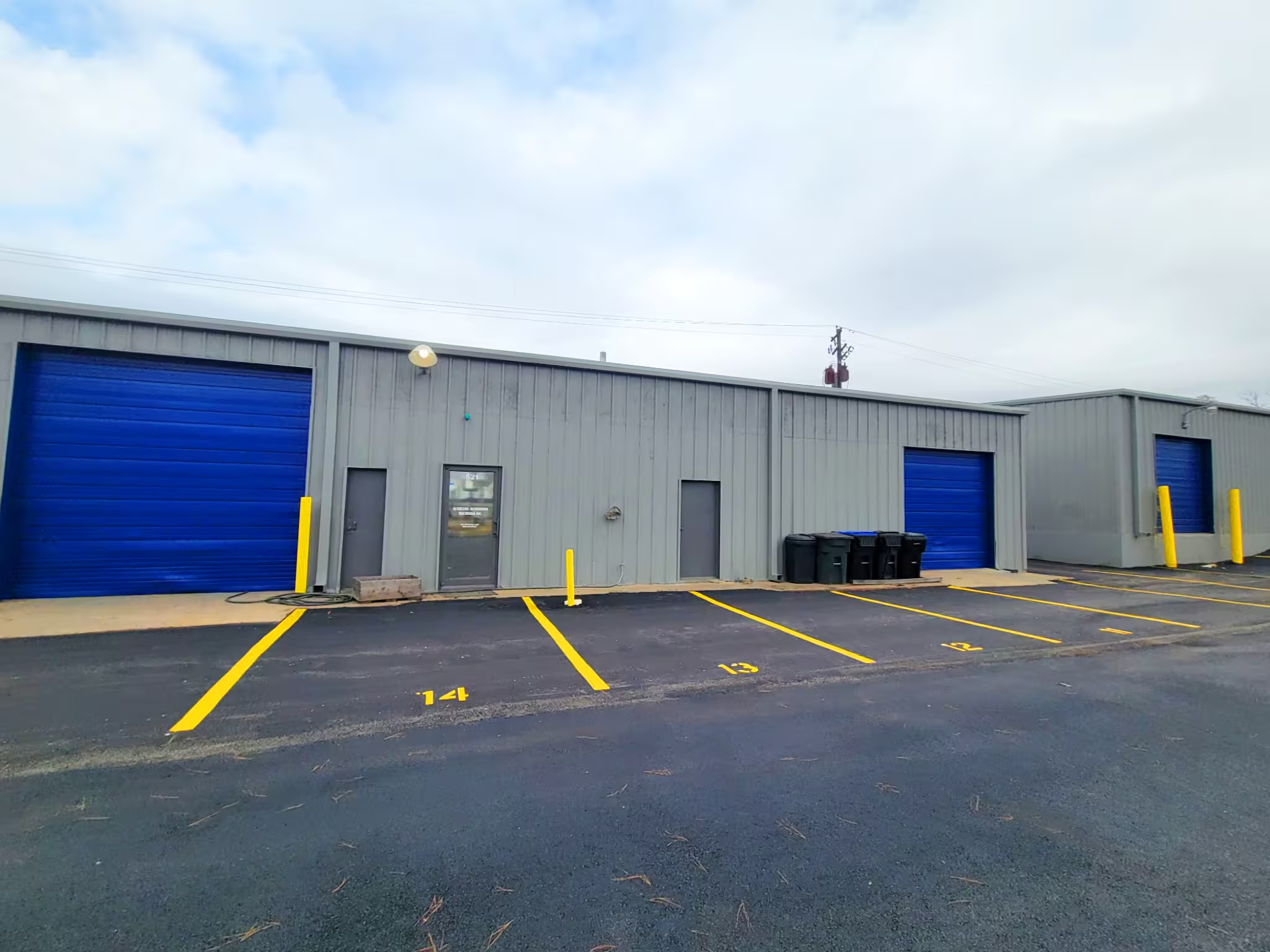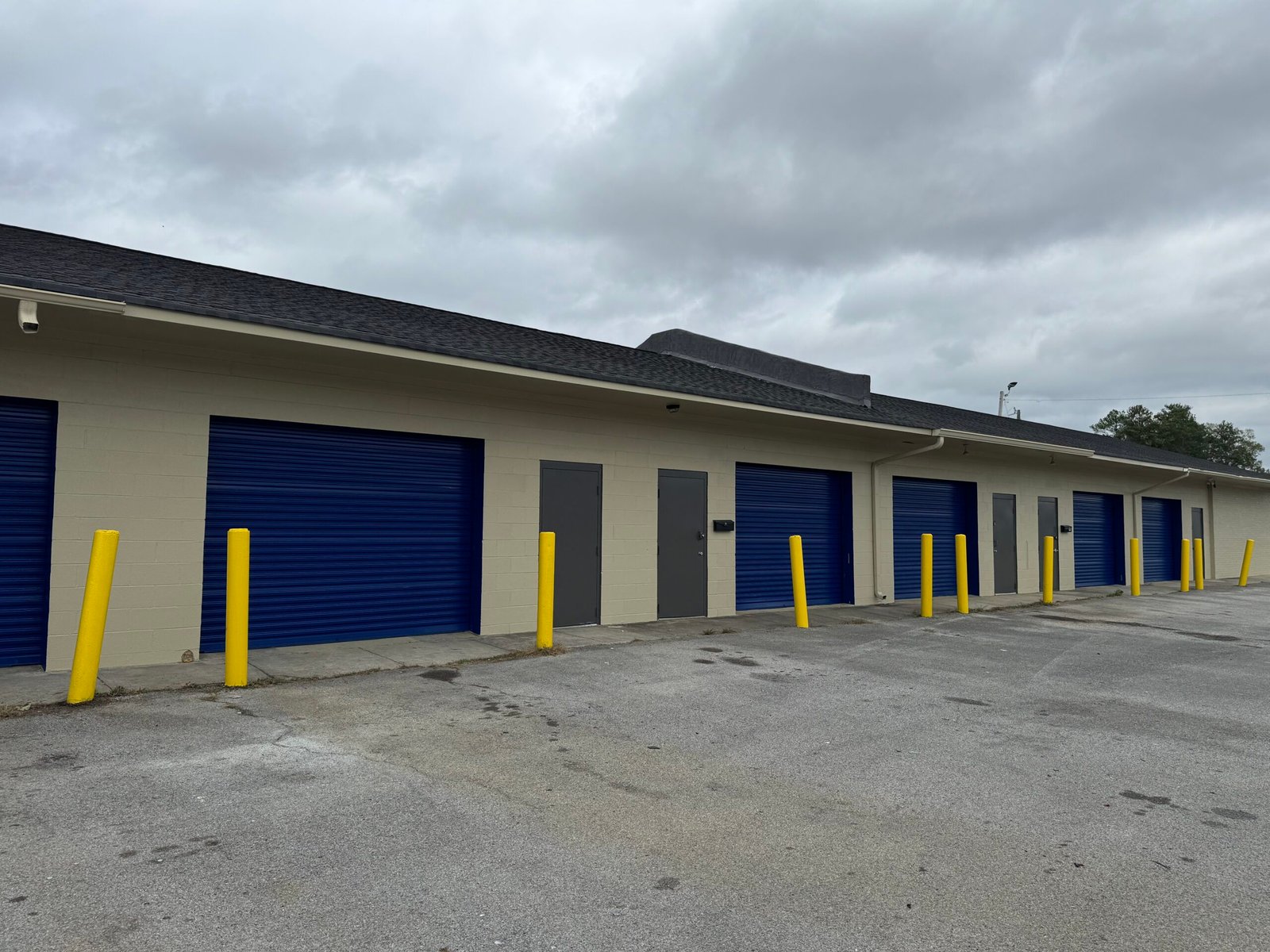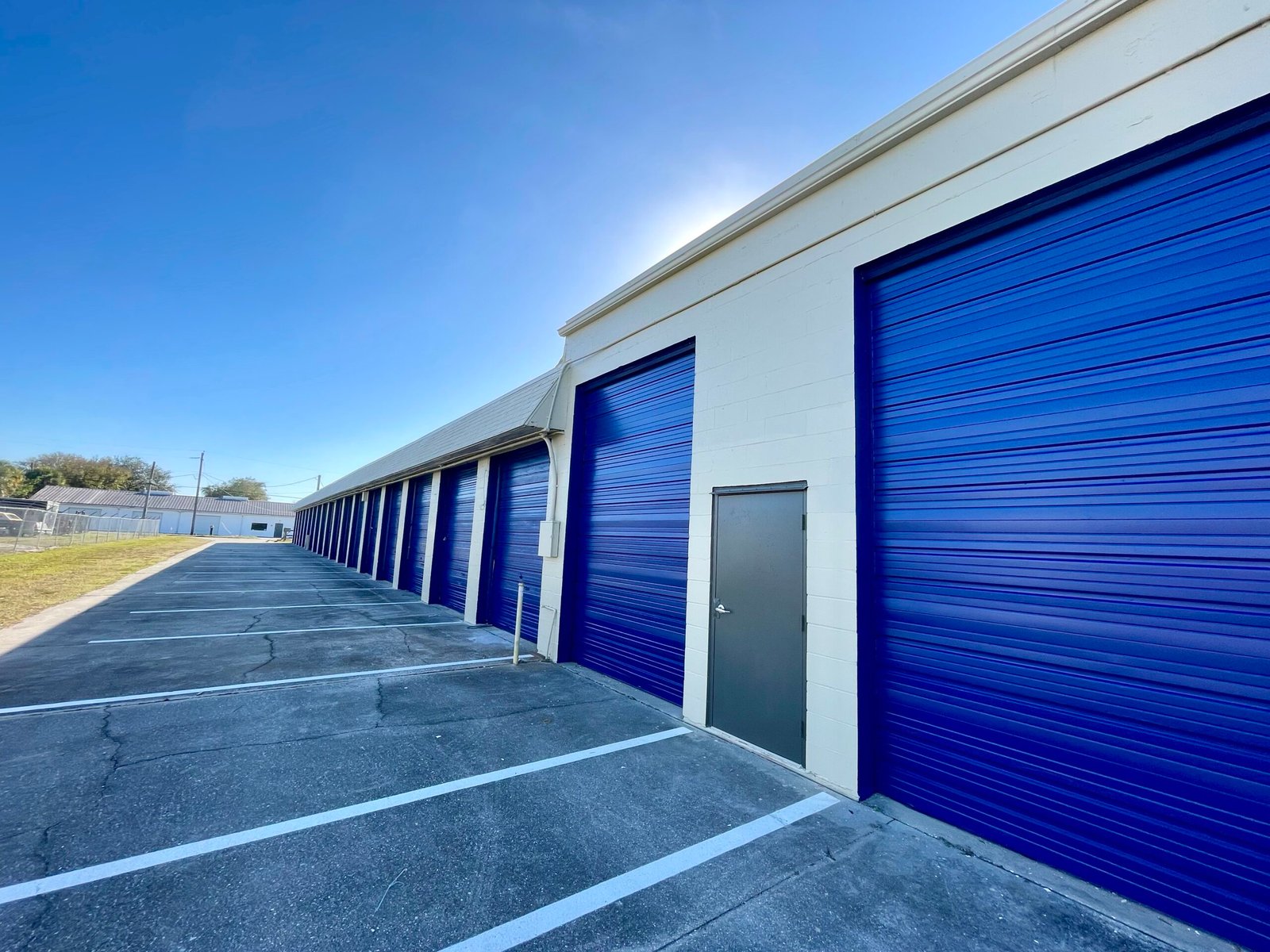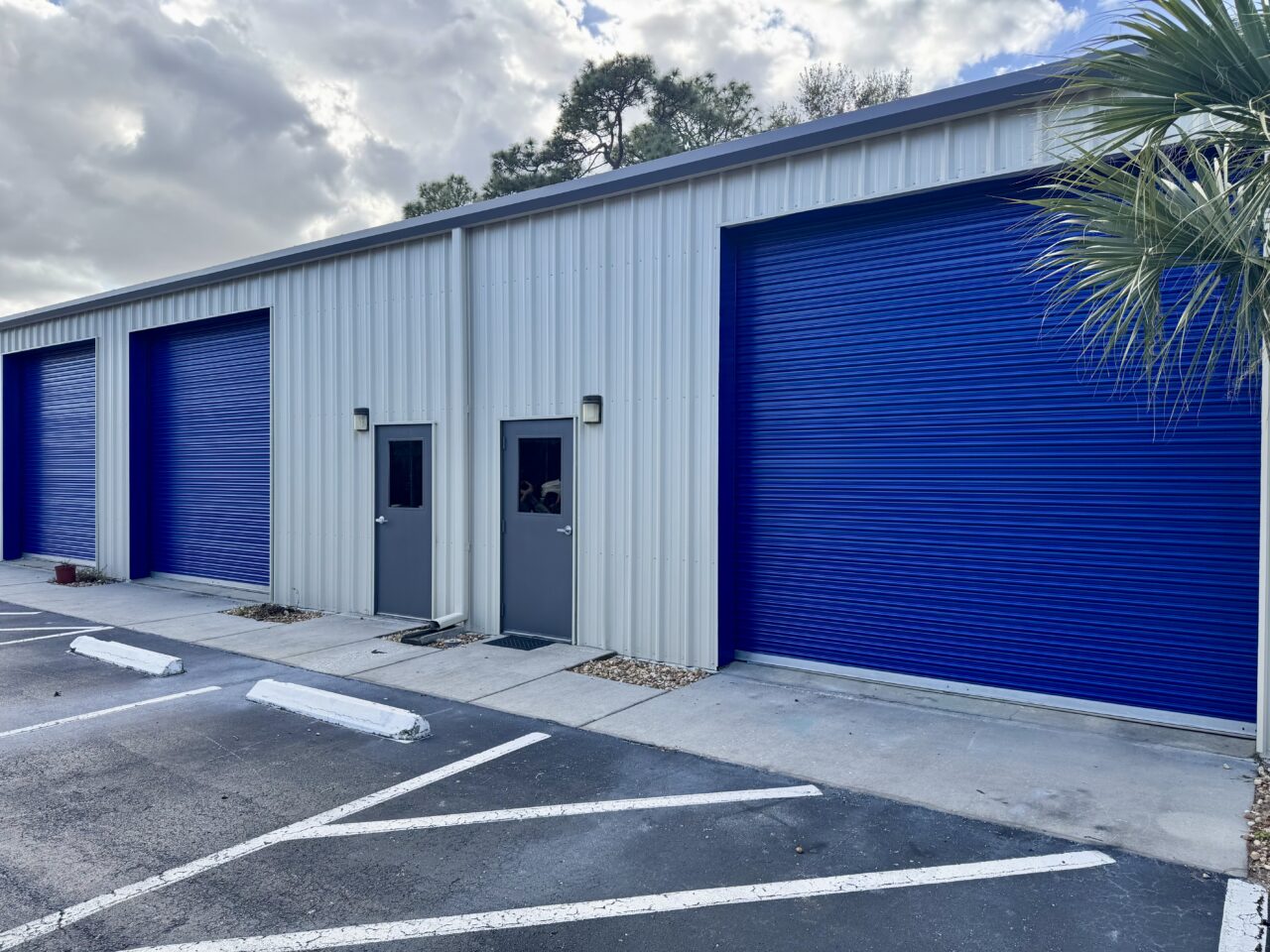In recent years, the meteoric rise of e-commerce has transformed the retail landscape, reshaping how consumers shop and how businesses operate. While this shift has brought numerous benefits, it has also introduced significant challenges, particularly for small bay warehouse tenants. These smaller-scale warehouses, often crucial to local supply chains and distribution networks, are experiencing both opportunities and pressures as e-commerce continues to expand.
The E-Commerce Surge and Its Impact on Small Bay Warehouses
1. Increased Demand for Storage Space
As online shopping continues to soar, the demand for warehouse space has intensified. For small bay warehouse tenants, this heightened demand can be a double-edged sword. On one hand, there is an opportunity to capitalize on the increased need for localized storage and distribution. Small bay warehouses, with their strategic locations, are well-positioned to serve as last-mile distribution centers, ensuring swift delivery to customers.
However, the increased demand has also led to rising rental rates. Small bay tenants might find themselves facing higher costs as landlords recognize the growing value of these properties. Balancing increased revenue opportunities with the rising cost of leasing can be a delicate task for many small businesses.
2. Pressure on Operational Efficiency
E-commerce has set a new standard for operational efficiency. With consumers expecting faster delivery times, small bay warehouse tenants are under pressure to streamline their operations. This often means investing in new technology, enhancing inventory management systems, and optimizing warehouse layouts. For smaller tenants, these upgrades can represent a significant investment, potentially straining resources and impacting profitability.
3. Competition with Larger Players
The growth of e-commerce has also intensified competition among warehouse operators. Larger e-commerce giants, with their substantial resources, are able to invest in high-tech, automated facilities that can handle vast quantities of goods with remarkable efficiency. This can create a competitive disadvantage for small bay warehouse tenants who may struggle to keep up with technological advancements and operational scale.
To remain competitive, small bay tenants need to focus on their unique strengths, such as personalized service, flexibility, and niche market expertise. Differentiating themselves in ways that large players cannot always match can help them carve out a sustainable position in the market.
4. Changes in Inventory Management
E-commerce’s influence extends to inventory management practices as well. The rise of direct-to-consumer models and omnichannel retailing requires warehouses to handle a greater variety of products and respond quickly to shifting consumer demands. Small bay warehouses must adapt by adopting more agile inventory management techniques and improving their ability to process orders efficiently.
This shift might involve adopting new software solutions, integrating with online platforms, or reconfiguring storage systems to accommodate a diverse range of products. While these changes can be beneficial in the long run, they often require a significant upfront investment and a period of adjustment.
5. Sustainability and Environmental Concerns
E-commerce’s growth also brings environmental challenges. Consumers are increasingly concerned about the carbon footprint of their purchases, and businesses are under pressure to adopt more sustainable practices. Small bay warehouse tenants may need to invest in greener technologies and practices, such as energy-efficient lighting, waste reduction strategies, and sustainable packaging.
While these investments can help meet consumer expectations and regulatory requirements, they also add to operational costs. However, embracing sustainability can also offer long-term benefits, such as improved brand reputation and potential cost savings through efficiency improvements.
Navigating the E-Commerce Landscape: Strategies for Small Bay Tenants
To thrive in the evolving e-commerce landscape, small bay warehouse tenants should consider the following strategies:
- Leverage Technology: Invest in technology that enhances operational efficiency and inventory management. This could include warehouse management systems (WMS), automation tools, and data analytics.
- Focus on Niche Markets: Identify and target specific market segments or industries where small bay warehouses can provide unique value. Specializing in niche areas can differentiate a business from larger competitors.
- Enhance Customer Service: Provide exceptional service to build strong relationships with clients. Personalized service, flexibility, and reliability can be significant competitive advantages.
- Adopt Sustainable Practices: Integrate environmentally friendly practices into operations. This not only meets consumer expectations but can also lead to operational efficiencies and cost savings.
- Explore Strategic Partnerships: Collaborate with other businesses or logistics providers to expand capabilities and improve service offerings. Partnerships can help small bay tenants access new markets and share resources.
Conclusion
The growth of e-commerce presents both challenges and opportunities for small bay warehouse tenants. By adapting to the changing landscape, embracing technology, and focusing on unique strengths, these businesses can navigate the pressures of increased demand and competition. With strategic planning and a forward-thinking approach, small bay warehouse tenants can continue to play a vital role in the evolving world of e-commerce.

